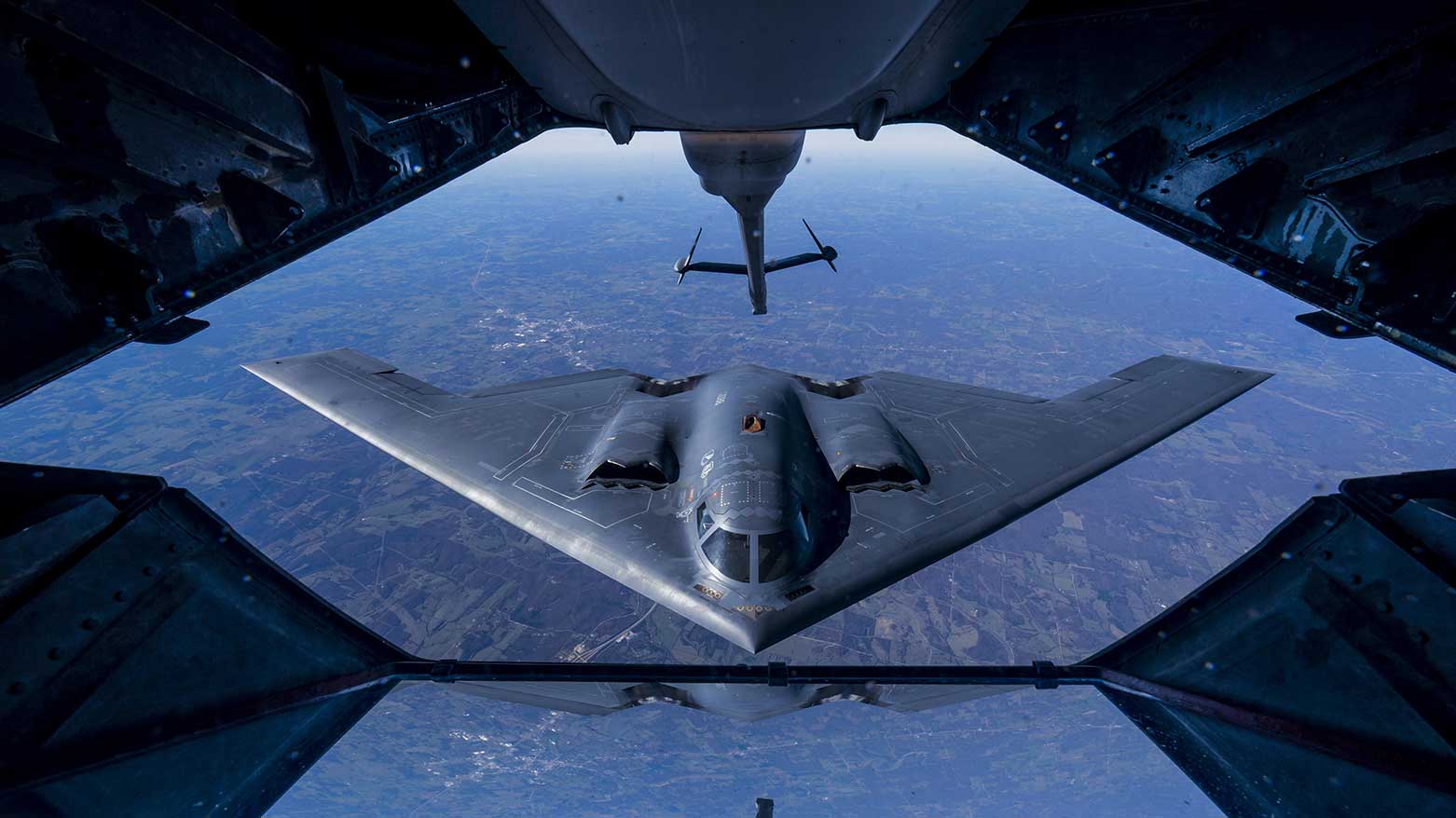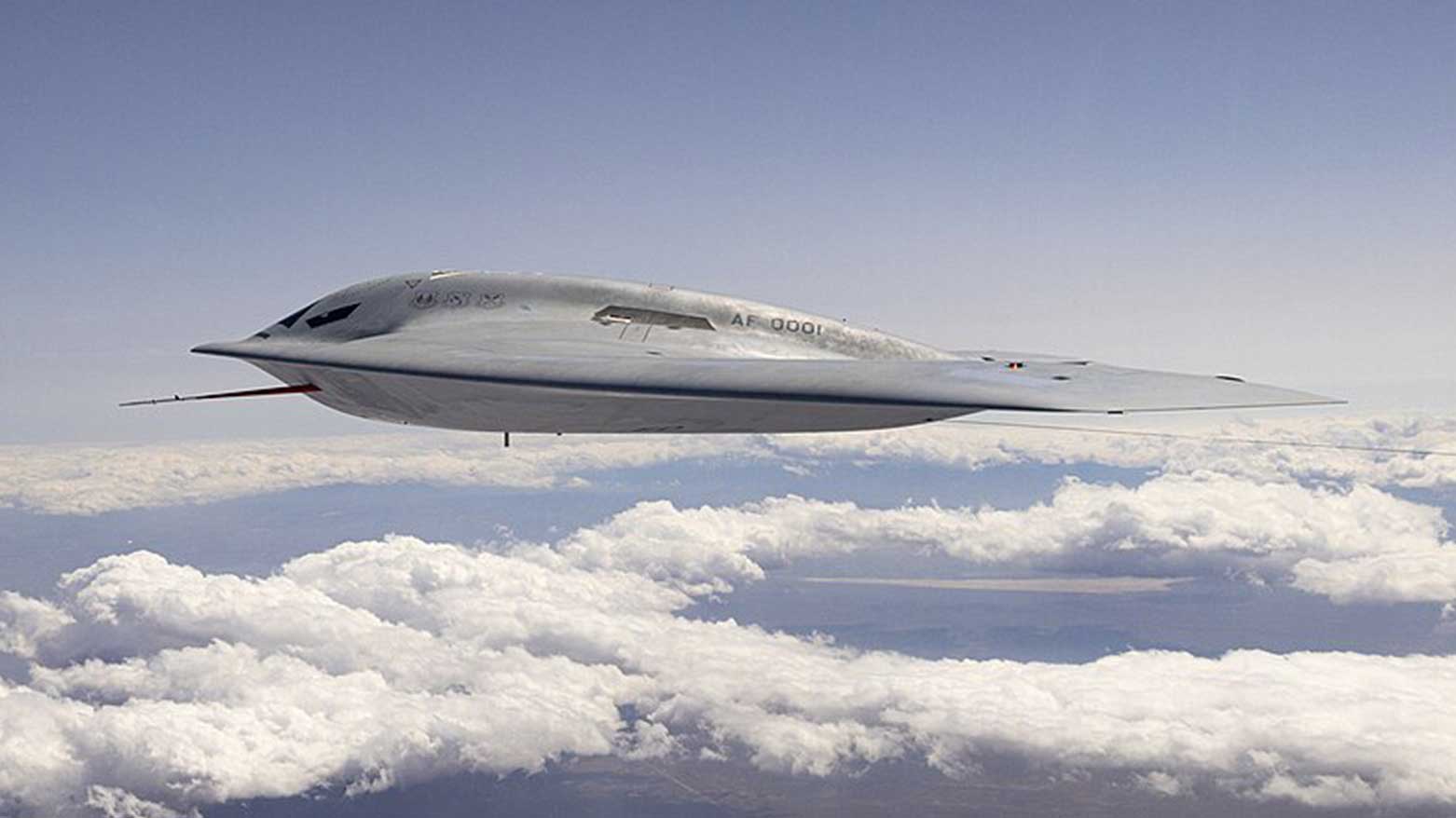Diego Garcia Sees Unprecedented B-2 Bomber Deployment Amid Middle East Tensions
The deployment comes as U.S. strikes against Yemen’s Houthi militants intensify, and Washington escalates warnings to Iran over its support for the group and its nuclear ambitions.

ERBIL (Kurdistan24) - A significant force of U.S. B-2 Spirit stealth bombers is reportedly en route to the highly strategic British-controlled island of Diego Garcia in the Indian Ocean, according to The War Zone, a military and defense news site under The Drive that covers global conflicts, military technology, and strategy.
Satellite imagery reveals a buildup of support aircraft, including at least three C-17 cargo planes and ten aerial refueling tankers, deployed within the last 48 hours. The deployment comes as U.S. strikes against Yemen’s Houthi militants intensify, and Washington escalates warnings to Iran over its support for the group and its nuclear ambitions.
Publicly available air traffic control recordings suggest that at least three B-2 bombers—identified as Pitch 11, Pitch 14, and an unnamed third aircraft—have refueled over Australia while heading westward. A fourth bomber, Pitch 13, was forced to land at Hickam Air Force Base in Hawaii after declaring an in-flight emergency. Footage from the base shows the aircraft being met by emergency response teams, though the exact nature of the issue remains unclear.
Additional communications indicate that more B-2s, operating under the callsign Abba, departed from Whiteman Air Force Base in Missouri, where the entire U.S. B-2 fleet of 20 aircraft is stationed. When asked for comment, U.S. Air Force Global Strike Command (AFGSC) confirmed the recent B-2 activities but declined to provide further details, citing operational security.

The latest bomber movements coincide with a broader military buildup. Politico recently reported that Secretary of Defense Pete Hegseth had extended the deployment of the aircraft carrier USS Harry S. Truman in the Middle East and ordered the USS Carl Vinson carrier strike group to join regional operations. There are also indications that Air Force F-35A stealth fighters have been deployed to the region.
The scale of the B-2 deployment suggests that this is more than a routine bomber task force rotation. In recent years, Diego Garcia has played a key role in U.S. military strategy, having served as a launchpad for operations in Afghanistan (2001) and Iraq (2003). The base's location provides a strategic advantage—it is far beyond the range of Iranian or Houthi missile and drone capabilities. Iran’s longest-range ballistic missiles are estimated to reach approximately 2,000 kilometers, while Diego Garcia is over 3,700 kilometers away.
If more than four B-2s are ultimately stationed at Diego Garcia, it would mark a significant show of force directed at the Middle East. The B-2 is the only aircraft capable of carrying the GBU-57/B Massive Ordnance Penetrator (MOP), a 30,000-pound bomb designed to destroy deeply buried and fortified targets, making it a key asset in any potential strike on Iran’s nuclear facilities.
B-2 bombers were also used in October 2024 to strike Houthi positions in Yemen, signaling a direct warning to their Iranian backers. The Houthis have continued attacks on commercial and military targets in the Red Sea and have launched strikes against Israel, actions they claim are in retaliation for Israel’s ongoing operations in Gaza following the October 7, 2023, Hamas attacks.
With tensions escalating across the region, the deployment of stealth bombers to Diego Garcia underscores the United States’ readiness to respond to emerging threats while maintaining a strategic foothold beyond the reach of its adversaries. Whether this buildup leads to direct military action remains to be seen, but the message being sent is clear: Washington is preparing for any contingency.
BREAKING:
— Current Report (@Currentreport1) March 25, 2025
United stance has confirmed the deployment of 3 B-2 stealth bombers to Diego Garcia, a strategic base in the Indian Ocean. This positioning places them within striking range of Yemen and Iran.
Diego Garcia is located beyond the reach of Iranian missiles and drones. pic.twitter.com/Av7vlxM5B2
